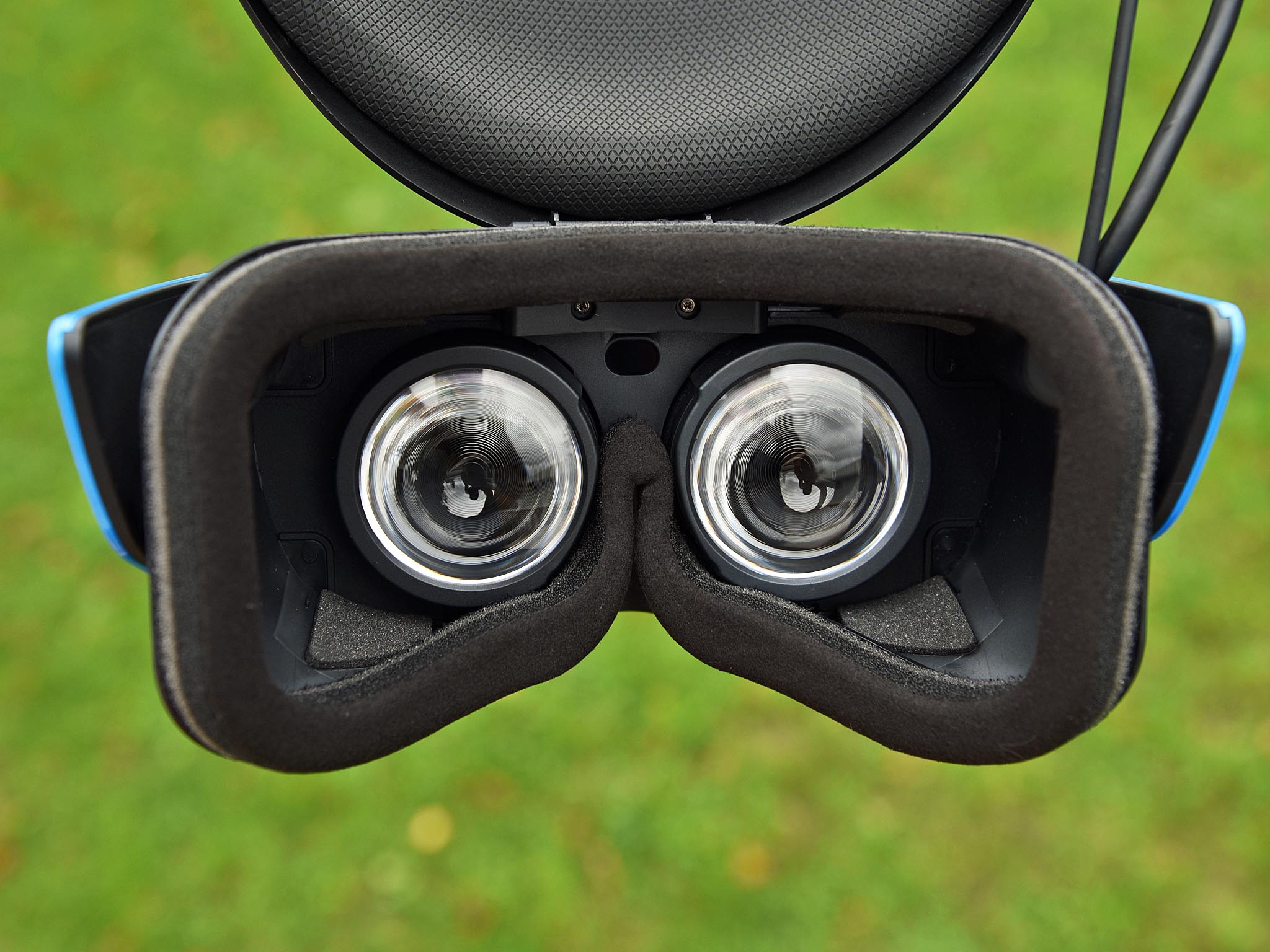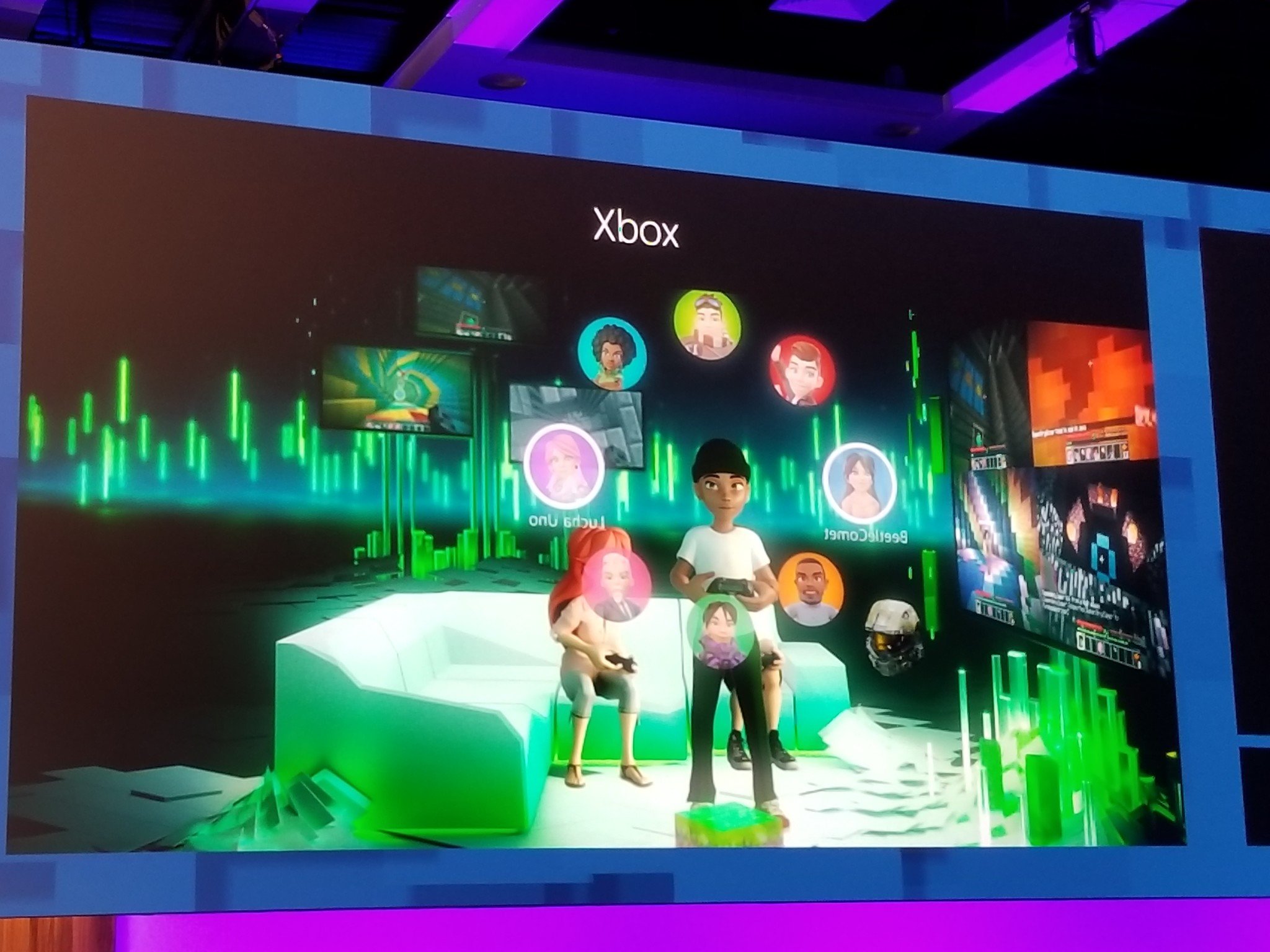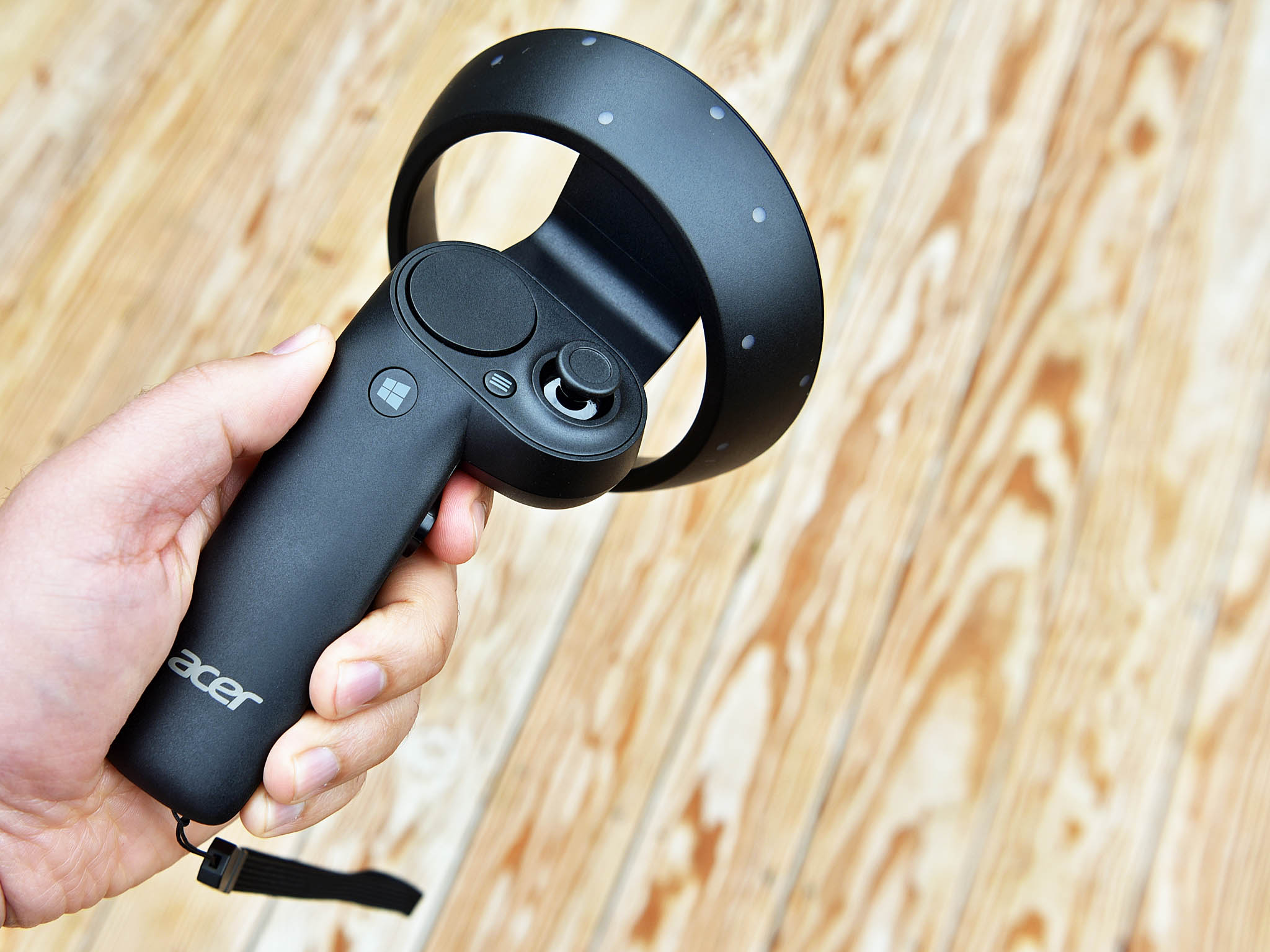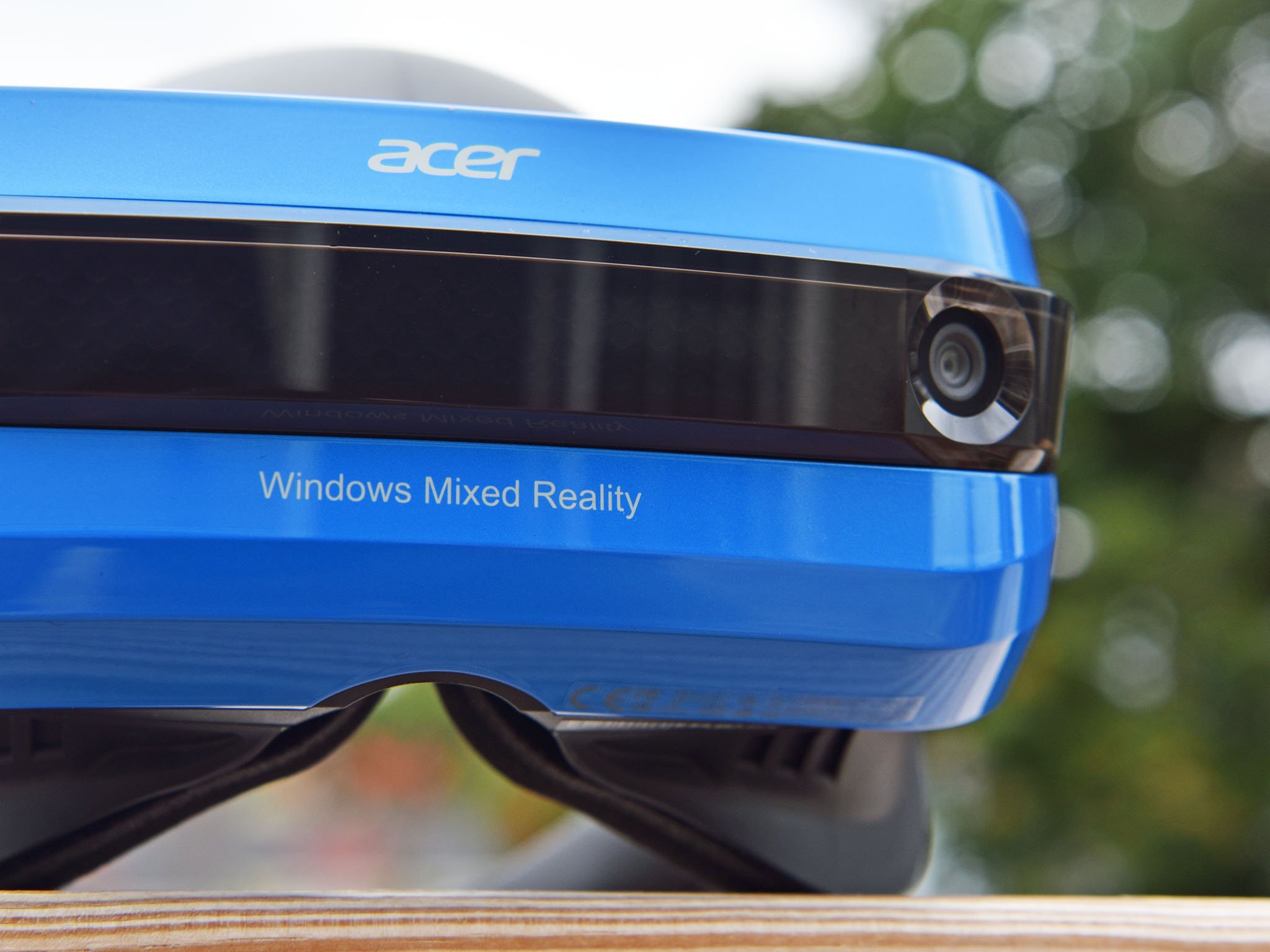How Acer's Mixed Reality headset stacks up against the HTC Vive and Oculus Rift

As a part of Microsoft's Build 2017 conference, Windows 10's Mixed Reality platform took to the stage, becoming a huge focus of the second day's keynote. A number of third-party manufacturers have already shown off their planned offering for Windows Mixed Reality, with Acer's headset leading the pack as an accessible budget headset which delivers high-fidelity VR to the masses.
Although it's not technically sold as a virtual reality headset, the Oculus Rift and HTC Vive will be the headset's biggest competition outside of the Windows ecosystem. Here's how the device is shaping up next to these existing leaders in the virtual reality space.
Specifications
If we're looking at raw side-by-side specifications and contents, Acer's mixed reality headset isn't hugely different from either the Oculus Rift or HTC Vive in terms of the hardware it offers. Although the headset comes with a higher resolution display, you'll be getting the same 90Hz refresh rate and the same USB/HDMI combination when connecting up to a PC.
| Header Cell - Column 0 | Acer Mixed Reality | Oculus Rift | HTC Vive |
|---|---|---|---|
| Display Resolution (Per Eye) | 1440x1440 | 1080x1200 | 1080x1200 |
| Display Refresh Rate | 90 Hz | 90 Hz | 90 Hz |
| Connectivity | HDMI 2.0 and USB 3.0 | HDMI 2.0 and USB 3.0 | HDMI 2.0 and USB 3.0 |
| Built in audio/mic support | Yes | Yes | Yes |
Although these headsets are on similar levels in terms of their technology, the surrounding Windows ecosystem and experiences will be the major draw of these devices.
Experiences
With the HTC Vive and Oculus Rift supported by their own software distribution platforms, Acer's headset will rely heavily on Microsoft's Windows Mixed Reality platform. This will be a relatively open marketplace for any headsets which choose to support Windows Mixed Reality, including the previously announced products by Dell, Lenovo, ASUS, and HP.
As a platform still in development, we're yet to get an idea of both the ecosystem and content to be offered by Microsoft. However, with direct integration into Windows 10, headsets like Acer's will be a true plug-and-play solution. The headsets will likely see some benefits of Microsoft's recent investments in entertainment and the various features tailored toward a more dedicated gaming audience.
While it doesn't look like the Oculus Rift or HTC Vive will support Windows Mixed Reality, that's not to say it's entirely out of the picture. Partnerships between Microsoft and both headset manufacturers have been established in the past and there's nothing to say these could be leveraged later down the line. There's nothing saying Windows Mixed Reality headsets won't be getting SteamVR integration either, but no announcements have been made yet.
All the latest news, reviews, and guides for Windows and Xbox diehards.
With direct integration into Windows 10, headsets like Acer's will be a true plug-and-play solution.
Another factor to consider is Microsoft's next Xbox console, currently codenamed Project Scorpio. Virtual reality support is set to hit the console in 2018, and will likely attract more developers to Microsoft's mixed reality efforts. With the backing of the Xbox brand, Windows Mixed Reality could become a sizeable platform on the entertainment front.
Tracking
One of the most distinctive aspects of Acer's headset is the use of inside-out tracking, which relies on the environment to determine a position within a virtual space. The Oculus Rift and HTC Vive currently utilize external sensors, which are used to calculate a headset's exact whereabouts in a set area. Acer's headset opts for a different technology, where onboard headset sensors use rotational and positional tracking for similar results. This makes for a much easier setup process and reduces the clutter in a virtual reality experience.
With a lack of external sensors, a new approach to tracking has also been taken on the Windows Mixed Reality controllers. Although these controllers won't leverage the same technology as the headset itself, sensors mounted on the front of the HMD will be used to track the controllers from up top. Although this makes for a clean solution, their accuracy may heavily depend on your hand positioning. HTC Vive's wands and Oculus Touch controllers are tracked almost entirely across a mapped play space, while Microsoft's solution requires your hands to be within your field of vision. As a hands-on with the controllers is yet to be offered to the public, we'll be keeping an eye on this once the opportunity arises.
Price
If anything, what makes Acer's first mixed reality headset outstanding is the price. The Acer mixed reality bundle starts at $399, which includes the headset and two Windows Mixed Reality motion controllers. For the same contents you'd have to spend $598 and $800 for the Oculus Rift and HTC Vive respectively, which simply isn't an inviting asking price for those unsure about VR's potential. Offering a relatively high-end desktop solution for half of the HTC Vive's retail price, the bundle opens the gates to a whole new audience of virtual reality users.
Additionally, Windows Mixed Reality doesn't require such powerful hardware, with significantly lower PC system requirements than those of the Oculus Rift and HTC Vive. Simply put, if you're on a budget, it's hard to beat Acer's mixed reality bundle.
Acer's $399 Mixed Reality bundle is a really big deal
Which one is best for you?
Although we're still yet to see some aspects of Acer's mixed reality offerings, there's clear potential for success within the virtual reality market. Undercutting both the HTC Vive and Oculus Rift, the headset will be an enticing product for those on a budget. However, the technology used will undeniably set some limitations on the device, holding pack its potential in certain situations.
What do you think of Acer's mixed reality headset? Let us know in the comments section.

Matt Brown was formerly a Windows Central's Senior Editor, Xbox & PC, at Future. Following over seven years of professional consumer technology and gaming coverage, he’s focused on the world of Microsoft's gaming efforts. You can follow him on Twitter @mattjbrown.




